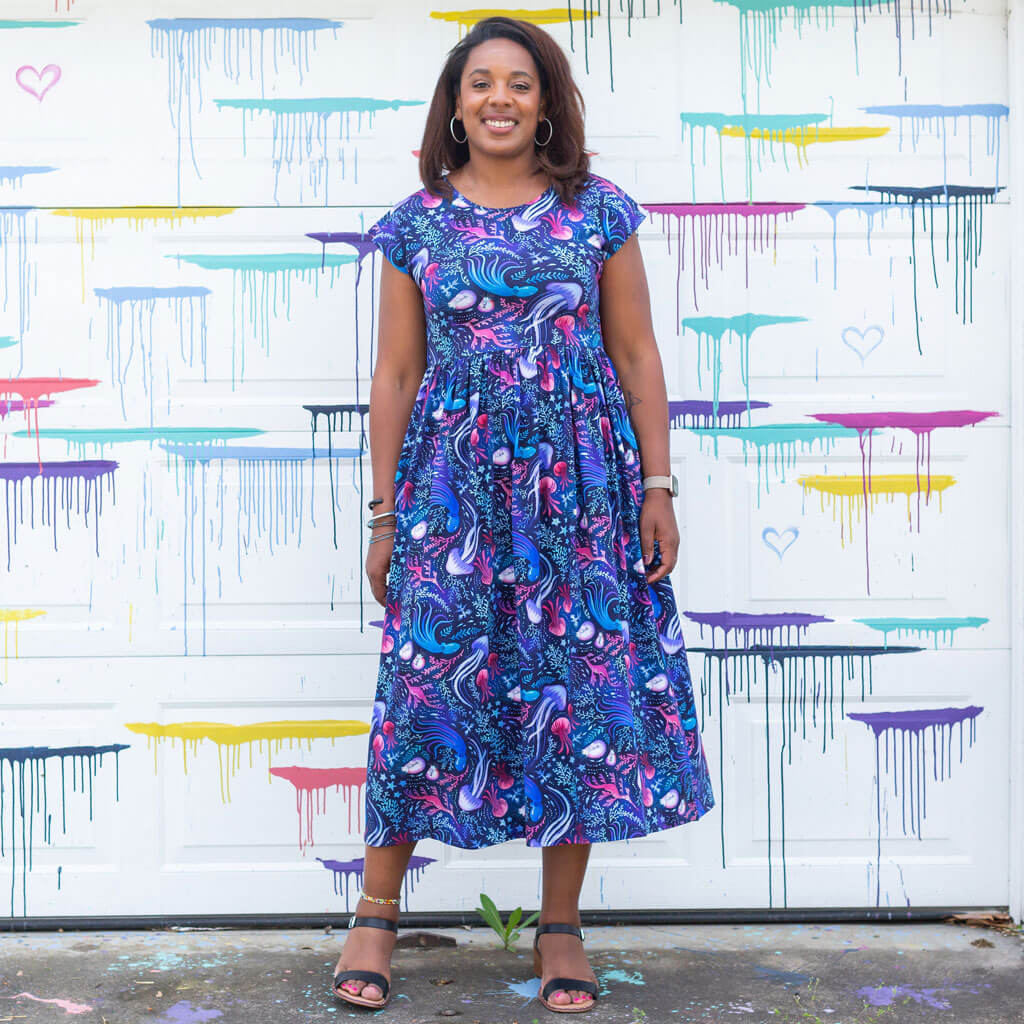Shop Now
New
Sale

We Need Mathematicians, And We Need Artists Too
April 03, 2015 2 min read


Mathematics and Studio Art may seem like an unexpected pair of majors, but I never had trouble combining the two. I always knew that I wanted to be an artist. I can even remember telling my first grade teacher that I wanted to grow up to be an artist. I also had a fascination for astronomy and physics, which helped me describe the world in a way I could understand it.
My sister (Eva) and I were very fortunate in that our parents believed in getting us the best education possible. I had science and math teachers in elementary and high school who steered me toward pursuing STEM, but it was not until I went to Scripps College that I started really understanding the need for young women to have support in actually earning a STEM degree. I fell in love with mathematics when I started learning about some very cool formulas—Euler's Formula, Taylor Series, modular arithmetic, to name just a few. Learning to solve problems with other talented young women inside and outside class helped me build connections, learn how to think like a mathematician, and find joy in solving math problems without the (often unconscious) stereotype threats that women face in co-ed math classrooms.
After college, I went into teaching mathematics to help girls learn algebra. I wish I had learned some of the cooler parts of mathematics earlier than I had. In addition to teaching, I wrote and gave talks on incorporating the humanities into the math classroom. Inspired by the idea of using the universal language of mathematics to describe the beauty in art, I created three TED-Ed lessons.
The Unexpected Math Behind Van Gogh's "Starry Night"
Music and Math: The Genius of Beethoven
Did Shakespeare Write His Plays?
I also co-authored a mathematics workbook: The Art of Mental Calculation
After I graduate with my master's degree at Harvard GSE in May, I will re-enter the workforce create better educational materials for young minds. My time spent at Harvard taught me that it's not what we learn but how we learn, and products that help us become innovative problem solvers are going to prepare young women and men to solve problems we don't yet know exist. I can't wait to see what kind of problems Princess Awesome fans will solve in upcoming years.
********************************
Natalya St. Clair is the author of three TedEd talks on the mathematics of art, music, and language.
Leave a comment
Comments will be approved before showing up.
Subscribe
Sign up to get the latest on sales, new releases and more …






